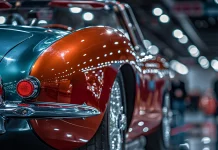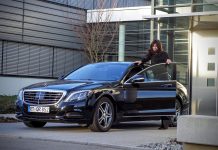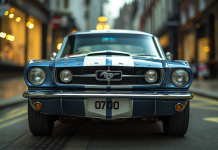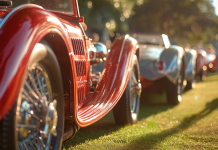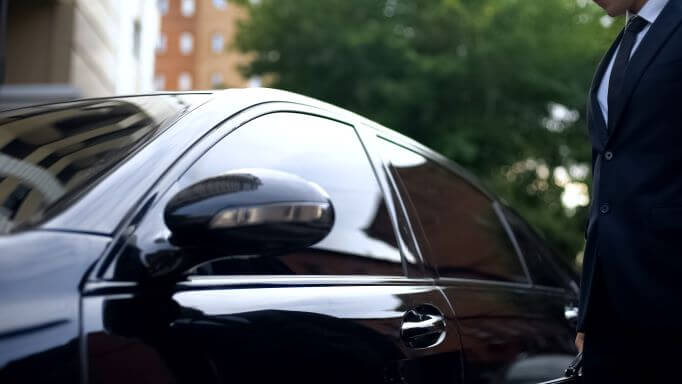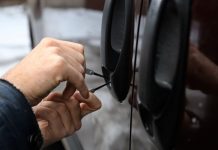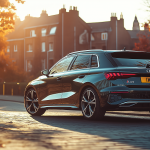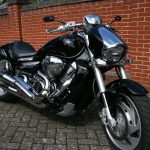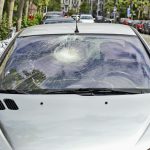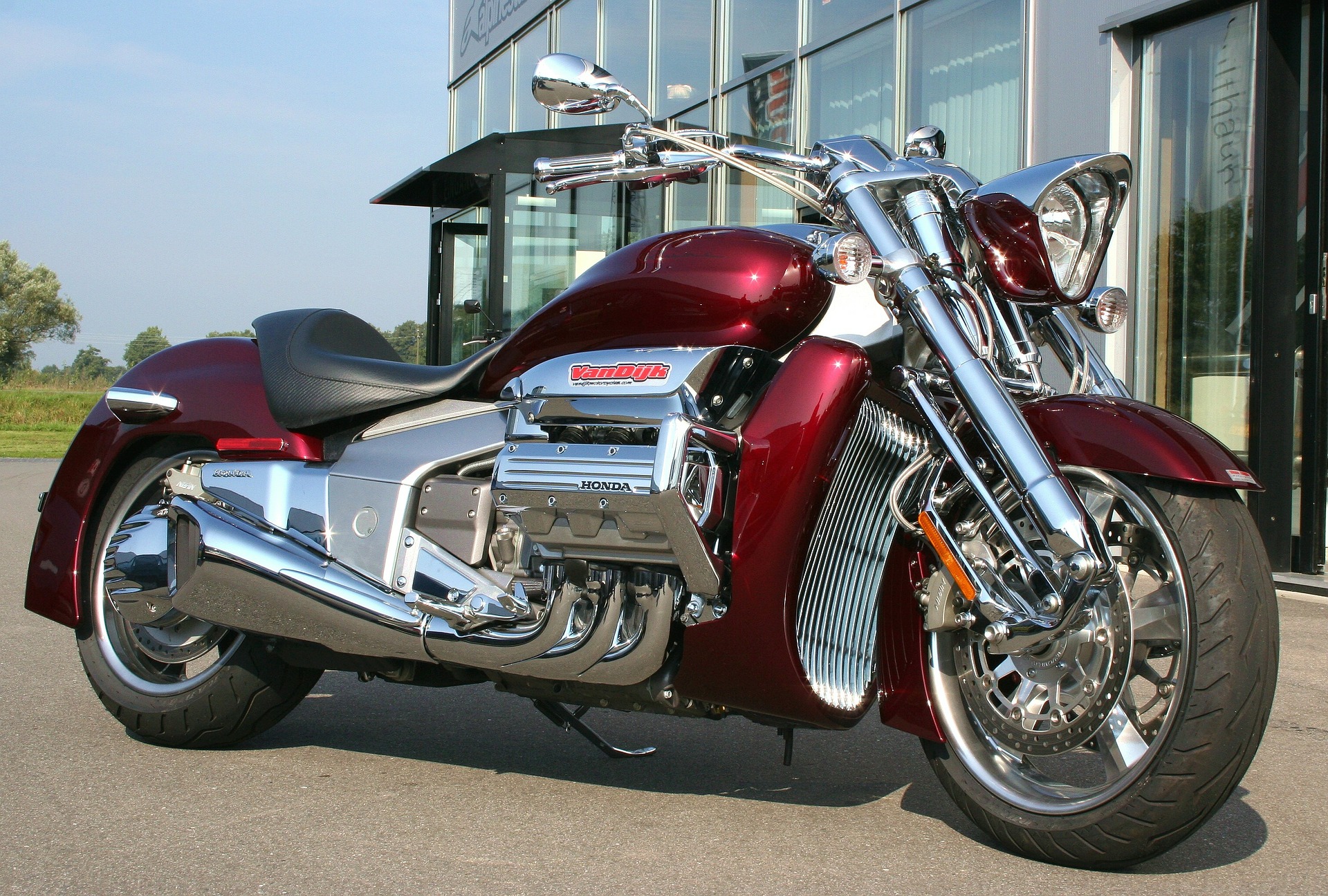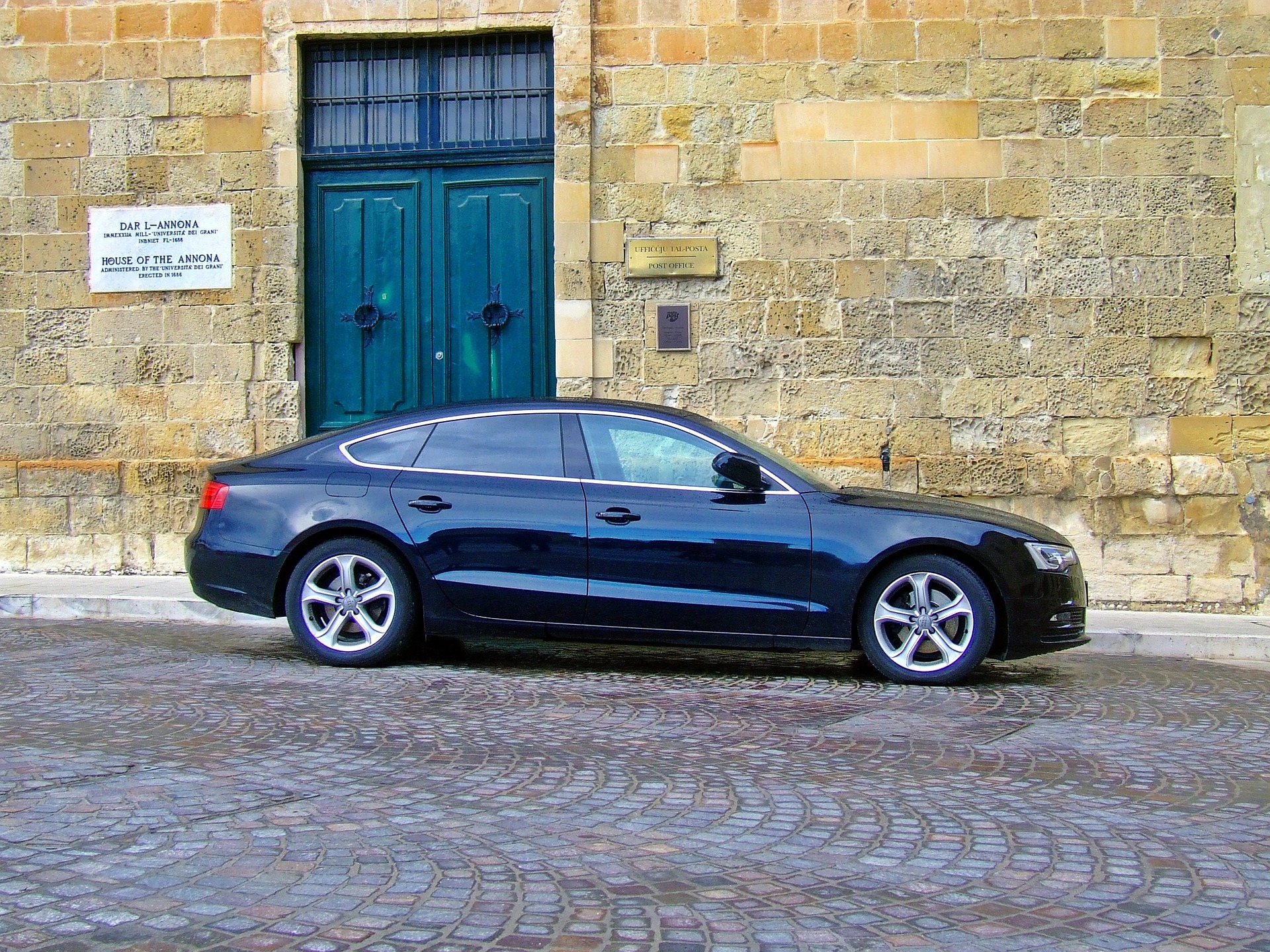Politicians, celebrities, sportsmen, and other persons who want to protect themselves often go from one event to another in armoured vehicles dubbed “bulletproof cars.”
Exactly how does an armoured car work?
If you have any security concerns, purchasing an armoured sedan to transport you from the dock to your charter jet is a wise investment.
Standard cars like the Volkswagen Touareg, on the other hand, can be converted into armoured cars for everyday civilians.
What goes into making a car bulletproof or purchasing an armoured vehicle?
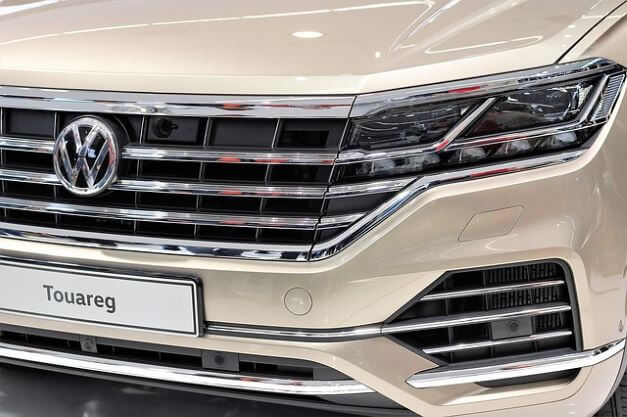
What is An Armoured Car?
Most armoured cars provide passengers and cargo with special protection from attack with firearms or explosives.
Materials used include armoured steel plates and ballistic glass. It also contains various materials and synthetics, including aramids.
Design
The massive, square vehicle that picks up and delivers cash at the neighbourhood ATM is the first thought most have when they hear the term armoured vehicles.
Most people don’t consider personal transport or military-grace vehicles that keep people safe worldwide.
Armoured vehicles are classified into four categories:
SUVs And Sedans
These types of passenger cars are often known as “personal protection vehicles.”
They don’t seem much different from factory ones, but they’ve been armoured throughout.
The most popular personal protection model is the Chevrolet Suburban.
Cash in Transit Armored Van
This is the Armaguard van you would normally see surrounded by armed guards, that is adequately armoured as it should be.
Typically, an armoured truck is just required to defend against pistols, requiring less armouring.
Police/SWAT/Tactical
These vehicles resemble cash-in-transit vans, but they’re heavily armoured for police and emergencies when various weaponry might be used.
Military
It is no surprise that military vehicles are the most armoured, offering complete protection. It is, therefore, no surprise that, at a few million dollars apiece, they’re the most costly to armour.
Refitting an Existing Car
The vehicle’s interior is stripped to enable the many adjustments required for armouring a car after a preliminary consultation procedure determines the amount of protection needed for a customer.
The purpose of armouring is to create a cocoon of protection by encircling the passenger compartment, which includes changes to the glass, flooring, pillar posts, roof, doors, fuel tank, tires, door frames, batteries, and other areas.
When producing an entirely new vehicle, welding procedures are incorporated.
Weld Free technology allows ballistic steel to be installed on vehicles without compromising ballistic integrity.
The third hinged door support, which alters the hinge structures for the armouring process, is also available from Armored Retainment.
Welding may also be considered when armouring new vehicles.
Weld Free technology allows ballistic steel mounted on vehicles without compromising ballistic integrity.
Protection Levels Of Armored Vehicles
The different protection standards are based on the types of weapons that the armour can defend against.
There are 5 to 6 globally recognised standards that specify degrees of protection.
IAC’s slightest degree of resistance is level 3, which adds between 380 and 450 pounds to the vehicle’s body weight.
The most powerful armour, which can withstand armour-piercing shots, may add 1,650-2,250 pounds to the car’s weight.
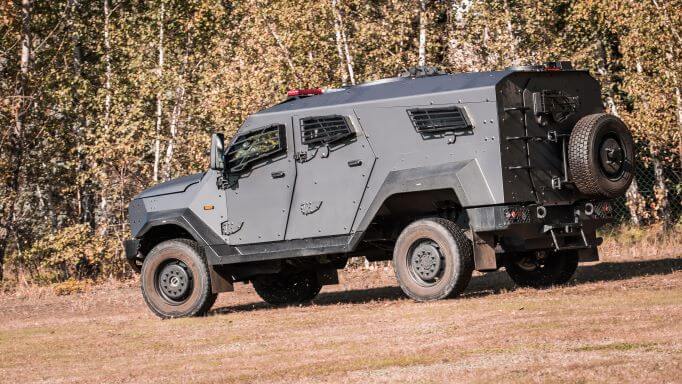
Ballistic Reinforcements
IAC employs materials designed expressly for armouring automobiles and protecting the vehicle’s body against gunfire and explosives.
A variety of materials are used.
Armormax is an IAC-developed composite fibre material that is lightweight (60 per cent lighter than typical ballistic materials) and ten times stronger than ballistic steel.
Ballistic Safety Glass
The armoured impact windows of commercial vehicles, dubbed “Lightweight Transparent Armor,” are constructed of glass and polycarbonate substrates bonded with interlayers.
The glass is intended to absorb energy from various ballistic threats while seeming to be identical to regular manufacturing windows.
Through a technique known as “controlled de-lamination,” the glass is intended to absorb the energy from a projectile’s impact. At the same time, the inner layers are aimed to prevent any items from breaking the window.
The glass is also tinted regularly to obscure the passengers from view from the outside and prevent targeted assaults.
Final Word
In the last century, armoured vehicles have made great strides.
Only armoured vehicles with guards were often used as a security precaution in the past.
Today, you can upgrade your car into an armoured vehicle to withstand fire and bullets and keep you safe from the outside world.
Armoured vehicles are being built and sold with stronger and lighter alloy steel and laminated glass, with the underlying construction likely remaining the same.


